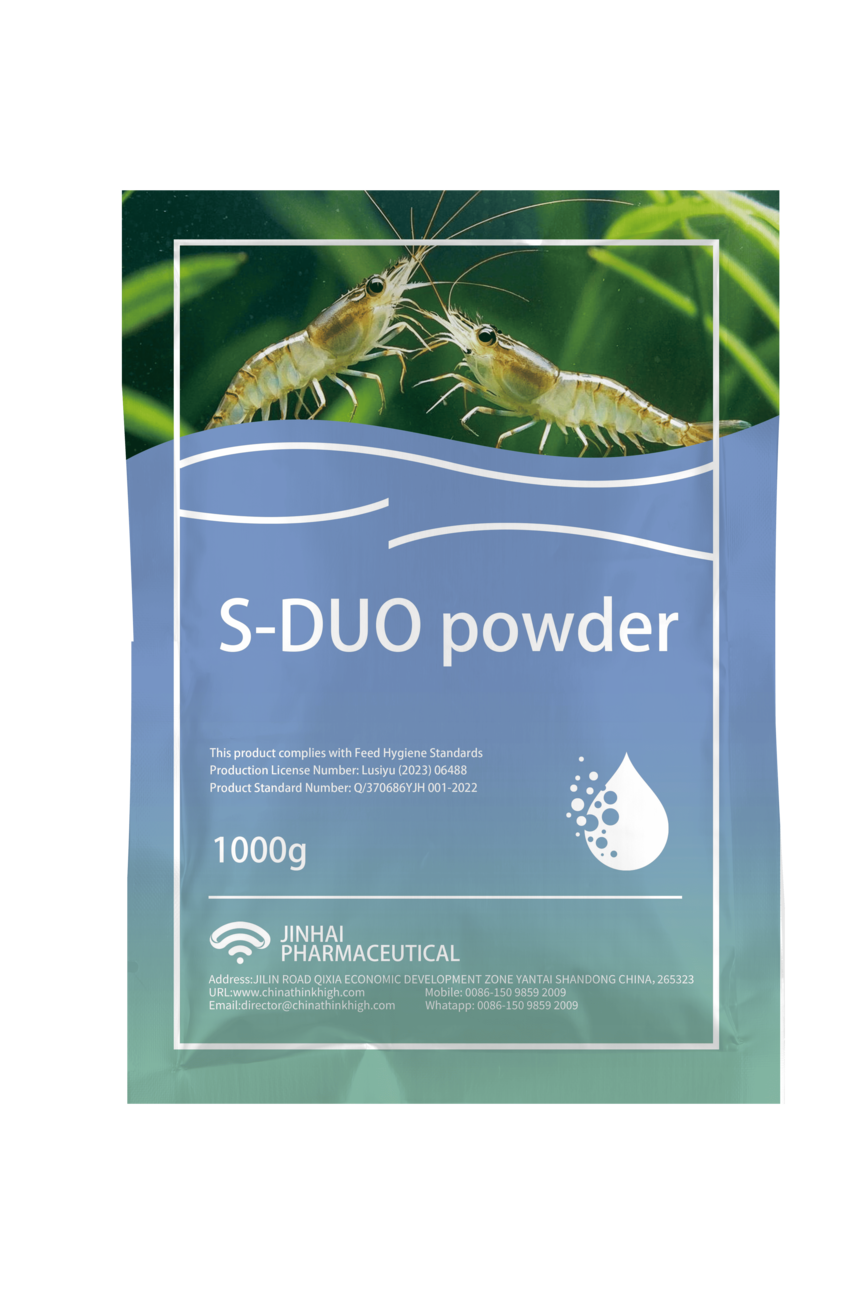|
Solving Soft Shell Syndrome in Shrimp: A Practical GuideA Guide to Preventing Soft Shell Syndrome in ShrimpFor a shrimp farmer, the sight of a strong, hard shell is the sign of a healthy, growing, and profitable crop. Conversely, few things are more concerning than discovering shrimp with persistently soft, weak, or paper-thin shells. This condition, known as soft shell syndrome in shrimp, is a major obstacle that can decimate a harvest and erase profit margins. It is not a disease but a metabolic disorder—a sign that something is fundamentally wrong in the shrimp's environment or nutritional intake. This guide will provide a deep dive into the causes of soft shell syndrome in shrimp and outline a practical, two-pronged strategy to ensure your shrimp can build the strong exoskeletons they need to thrive. Understanding the Molting Cycle: The Root of the ProblemTo understand soft shell syndrome, we must first understand molting (ecdysis). For a shrimp to grow, it must periodically shed its old, restrictive exoskeleton and form a new, larger one. This is a complex and energy-intensive process: 1. Pre-molt: The shrimp absorbs water to increase its body volume and begins to separate its old shell from the underlying tissue. 2. Molt: The shrimp sheds its old shell. At this stage, its new shell is extremely soft and pliable. 3. Post-molt: This is the critical hardening phase. The shrimp rapidly absorbs minerals—primarily calcium, phosphorus, and trace elements—from the surrounding water to harden its new shell. Soft shell syndrome in shrimp occurs when this post-molt hardening process fails or is significantly delayed. The Economic Impact of Weak ShellsA shrimp with a soft shell is a vulnerable shrimp. This condition leads to severe economic losses through: · Increased Mortality: Soft-shelled shrimp are easy prey for predators and are highly susceptible to cannibalism from their healthier tank-mates. · Disease Susceptibility: The weak shell provides a poor barrier against bacteria and viruses, leading to a higher incidence of disease. · Poor Growth: The energy that should be going into tissue growth is diverted to a prolonged and stressful attempt to harden the shell. · Low Market Value: Harvested shrimp with soft shells are considered low-quality and command a much lower price. The Key Causes of Soft Shell Syndrome in ShrimpPreventing this syndrome requires addressing its root causes. While several factors can contribute, they generally fall into two main categories. 1. Insufficient Building Blocks: Mineral DeficiencyThis is the most common and direct cause. The hardening of a new shell is an intense process of biomineralization. If the essential "building blocks" are not readily available, the process cannot be completed efficiently. The critical minerals are: · Calcium and Phosphorus: These are the primary components of the exoskeleton. · Trace Minerals: A host of other elements like magnesium, potassium, zinc, and copper are essential co-factors that enable the hardening process. In intensive aquaculture systems, these minerals can be rapidly depleted from the pond water, especially when a large portion of the population molts simultaneously. If the water lacks sufficient hardness and the right mineral profile, soft shell syndrome in shrimp is almost inevitable. 2. Inability to Use the Building Blocks: Stress & Poor HealthEven if sufficient minerals are present in the water, a stressed or unhealthy shrimp may be unable to properly utilize them. Factors that disrupt the molting process include: · Poor Water Quality: Low alkalinity, incorrect pH, or high levels of ammonia and nitrites can interfere with mineral absorption and the shrimp's metabolic processes. · Environmental Stress: Sudden changes in temperature, salinity, or low dissolved oxygen levels place immense stress on the shrimp, diverting energy away from the molting process. · Nutritional Deficiencies: A lack of essential vitamins in the feed can compromise the shrimp's overall health and its ability to manage the stress of molting. · Disease: A subclinical infection can weaken a shrimp to the point where it lacks the energy to harden its new shell. A Two-Pronged Strategy for Prevention and TreatmentAn effective strategy to combat soft shell syndrome in shrimp must address both of the core issues: providing the necessary minerals and ensuring the shrimp are healthy enough to use them. 1. Direct Mineral Supplementation: The most direct way to prevent mineral deficiency is to enrich the water and feed with a bioavailable mineral source. This ensures that during the critical post-molt period, shrimp have immediate access to the calcium and trace elements they desperately need. 2. Enhancing Vitality and Stress Resistance: A comprehensive approach also involves strengthening the shrimp's overall health. This means providing a full spectrum of essential vitamins to boost their immune system and enhance their ability to cope with environmental stressors. A less-stressed shrimp with a strong immune system can navigate the demanding molting process far more effectively. Jinhai's Integrated Aquatic Solutions
At Yantai Jinhai Pharmaceutical, we have developed a synergistic product line to directly address the causes of soft shell syndrome in shrimp. · For Mineral Supplementation: S-DUO Powder (Shell Mineral Boost) · For Vitality and Stress Management: S-JIN Powder (Vitality Complex) Conclusion: Building a Foundation for a Successful HarvestSoft shell syndrome in shrimp is not an unavoidable fate; it is a clear signal of an imbalance in the farming system. By adopting a proactive, two-pronged strategy that provides both the essential mineral building blocks and the vital nutritional support for stress resistance, you can effectively prevent this costly problem. This integrated approach leads to stronger shells, lower mortality, better growth, and ultimately, a more profitable and sustainable harvest. Don't let soft shells compromise your harvest. Contact Yantai Jinhai Pharmaceutical today to learn how our specialized aquatic mineral and vitality solutions can become a cornerstone of your farm's success. |

